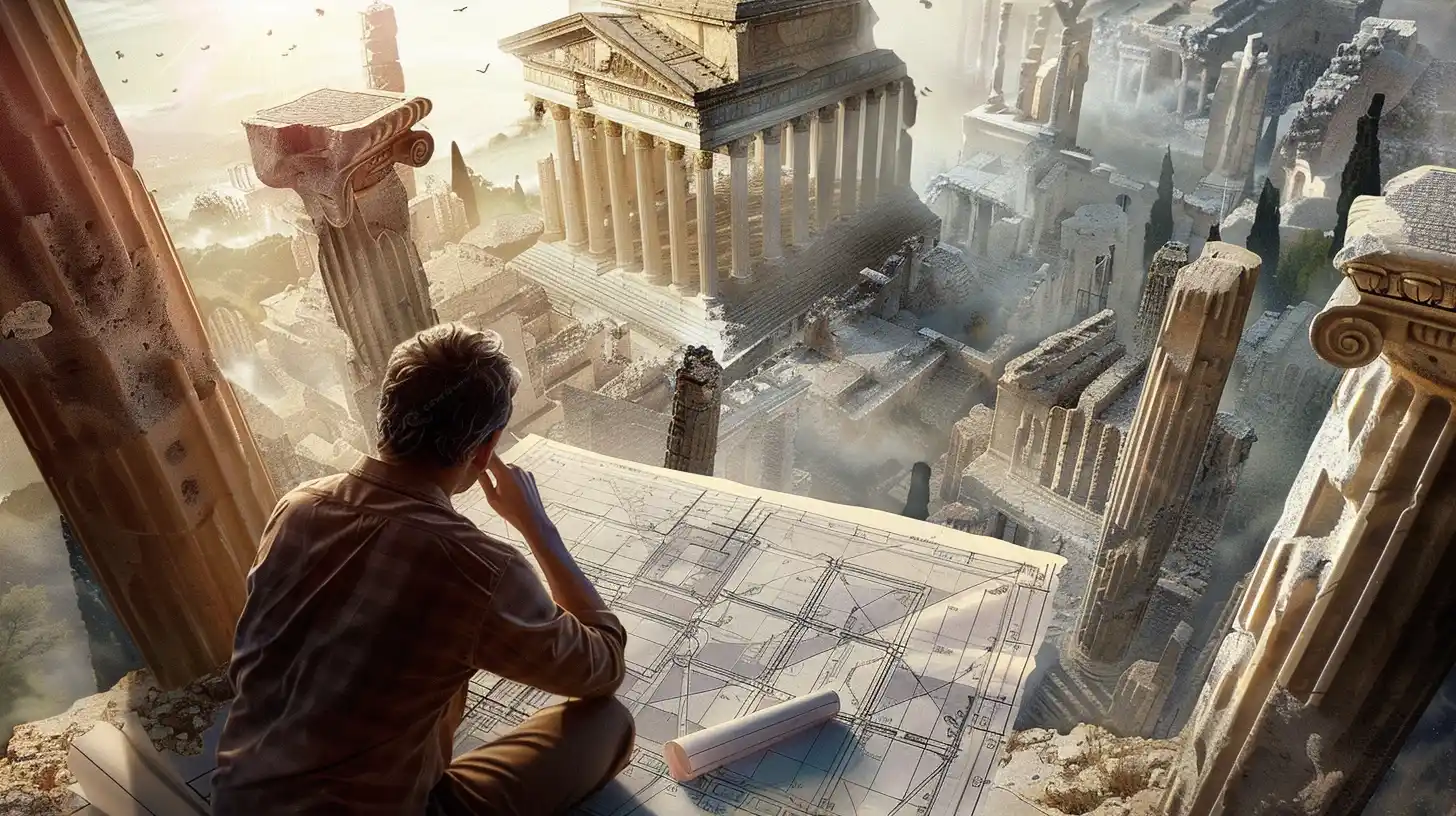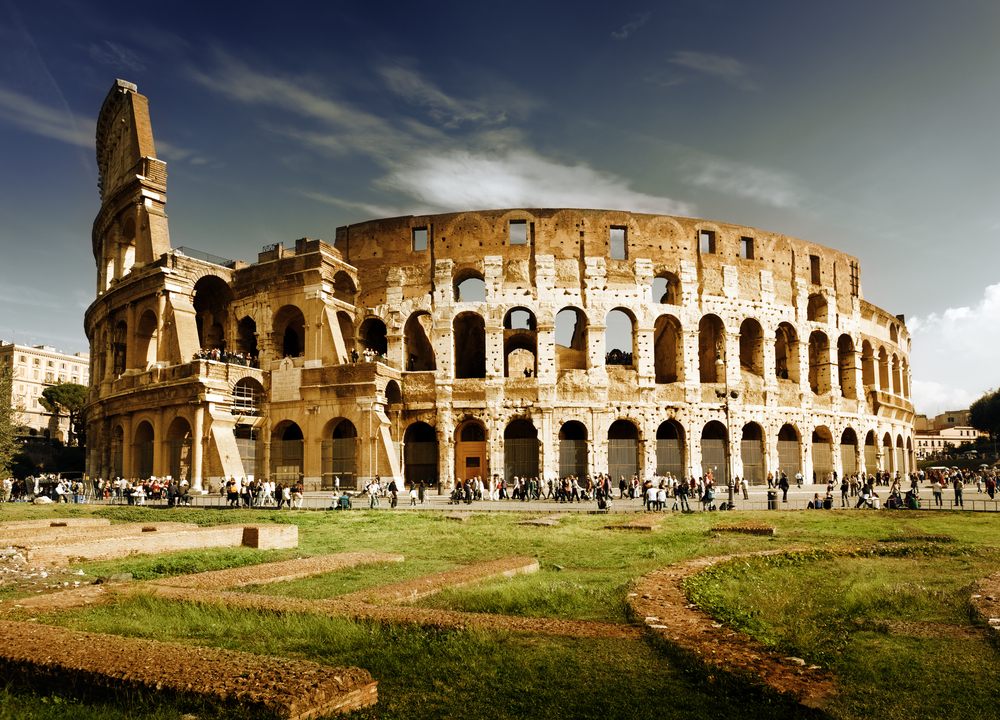
Architectural Marvels of the Ancient World and Lessons They Teach

The ancient world stands as a testament to human ingenuity, creativity, and engineering prowess. From the imposing pyramids of Egypt to the majestic temples of Greece, these architectural marvels of the ancient world continue to awe and inspire modern designers, offering invaluable lessons in design principles, cultural significance, and sustainability.
Let’s Talk About These Marvels
One cannot discuss architectural marvels without mentioning the Great Pyramid of Giza, a towering symbol of ancient Egypt’s architectural prowess and cultural legacy. Rising from the desert sands with precision-cut limestone blocks, it remains a testament to the meticulous planning and engineering feats of its time. The Great Pyramid’s sheer scale and geometrical precision continue to baffle researchers and ignite the imagination of architects worldwide.

Similarly, the Parthenon in Athens stands as a quintessential example of classical Greek architecture, showcasing the harmonious blend of aesthetics and function. Its Doric columns and pediments speak to the Greeks’ reverence for beauty and proportion, serving as a timeless inspiration for modern architectural designs. Moreover, the Parthenon’s cultural significance as a symbol of democracy and human achievement underscores the profound impact of ancient architecture on society.

Moving eastward, the Roman Colosseum emerges as a monumental testament to Roman engineering prowess and architectural innovation. With its ingenious use of arches, vaults, and concrete, it not only hosted spectacular events but also influenced stadium design for centuries to come. The Colosseum’s enduring legacy serves as a reminder of the power of architecture to shape human experiences and define cultural identities.

What These Architectural Marvels Teach us
Beyond their sheer grandeur, ancient architectural marvels offer profound insights into the societies that created them and the values they cherished. Each civilization left behind a unique architectural legacy, reflecting its cultural identity, religious beliefs, and technological advancements.
Sustainable Designing and Ecological Resilience
Consider the Great Wall of China, a staggering feat of engineering that stretches thousands of miles across rugged terrain. Built over centuries to defend against invasions, it stands as a testament to Chinese ingenuity, strategic planning, and collective labor. Moreover, the Great Wall’s integration with the natural landscape exemplifies the ancient Chinese philosophy of harmony with nature, offering valuable lessons in sustainable design and ecological resilience.

Architectural Engenuity to Adapt Challenging Environments
In South America, the enigmatic city of Machu Picchu beckons adventurers with its awe-inspiring mountain setting and intricate stone structures. Built by the Inca civilization atop steep Andean peaks, it showcases the architectural genius required to adapt to challenging environments. Machu Picchu’s layout, with its terraced fields and sophisticated drainage systems, highlights the Inca’s deep understanding of agriculture and water management, serving as a model for sustainable living in harmony with nature.

Gain Insights into The Complex Interplay in Architecture
Furthermore, ancient architectural marvels often served multiple functions beyond their physical form. Temples doubled as centers of worship and political power, while city walls provided protection and defined urban boundaries. By studying these multifaceted structures, modern designers can gain insights into the complex interplay between architecture, society, and the environment, informing more holistic approaches to urban planning and design.
Conclusion
As modern designers seek to create spaces that are not only aesthetically pleasing but also sustainable, inclusive, and meaningful, they can look to the lessons of ancient architecture for guidance. Whether it’s integrating with the natural environment, imbuing designs with cultural symbolism, or employing time-tested construction techniques, the principles of the past offer invaluable insights for shaping the future of architecture.
At Designs Boss, we understand the importance of honoring tradition while embracing innovation in architectural design. Our team of experts is dedicated to creating spaces that not only meet the needs of today but also resonate with the spirit of the past. Contact us today to start your architectural planning journey and discover how ancient wisdom can inspire modern excellence.
Latest

What Makes a Good Architectural University

What Are The Most Beautiful Bridges Ever Designed

